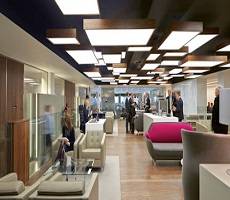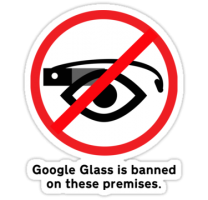December 13, 2013
Highest ever BREEAM outstanding score for PwC’s HQ refurbishment
PwC’s nine-storey headquarters at One Embankment Place in London has surpassed all BREEAM scores to date for both new build and existing structures. The 450,000 sq ft commercial office building located at Charing Cross station in London has achieved a milestone 96.31 per cent BREEAM Outstanding score, including a 100 per cent score for materials, transport and management. Built in the early 1990s, the structure, which comprises a basement below the station and nine floors of office space above it, has had a complete office refit and refurbishment as well as full central plant replacement in the basement areas, roof and terraces. Achieving a high BREEAM rating and EPC score was a priority of the refit, which was achieved while some 2,000 staff remained in occupation. (more…)
























December 13, 2013
One of the most important things we need at work is shelter from the storm
by Nigel Sikora • Comment, Workplace design
(more…)